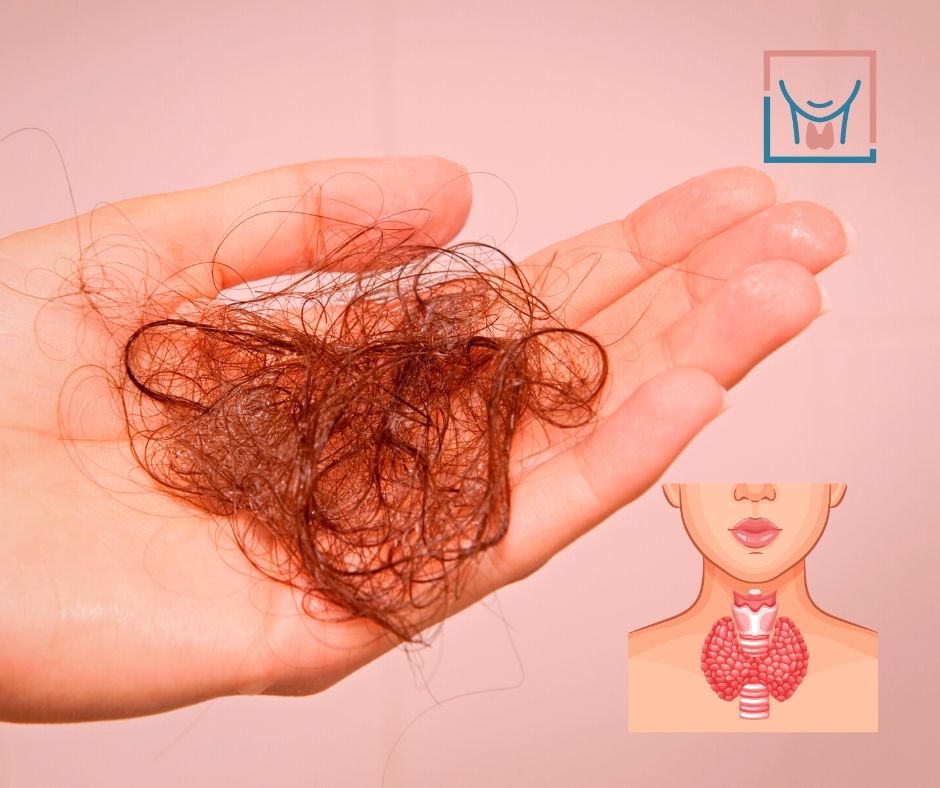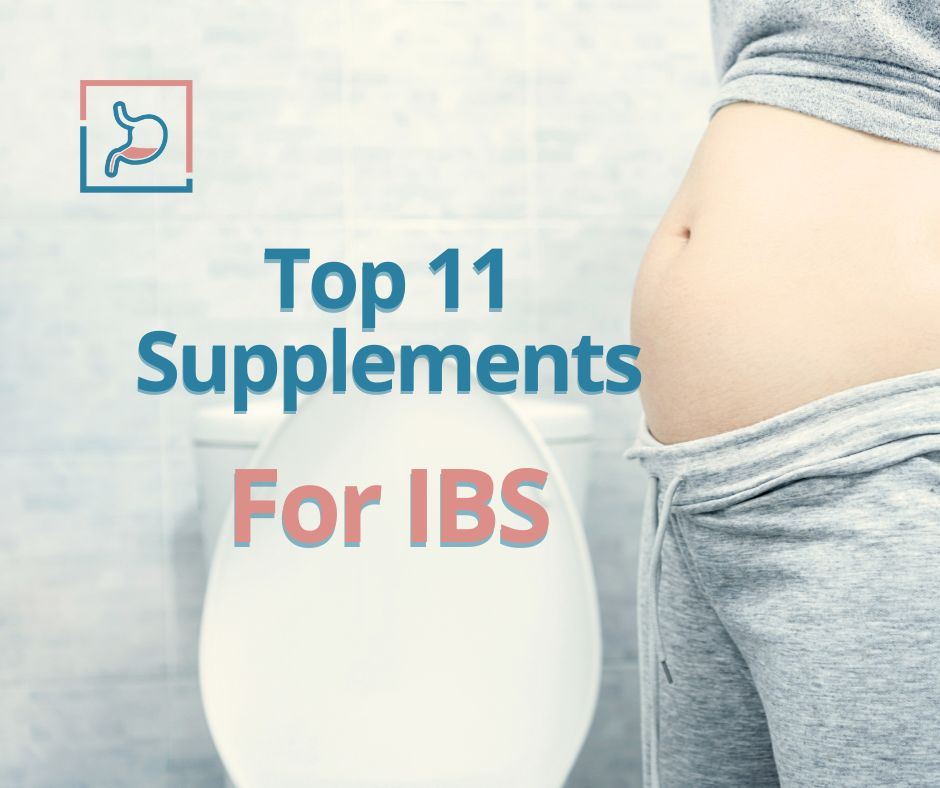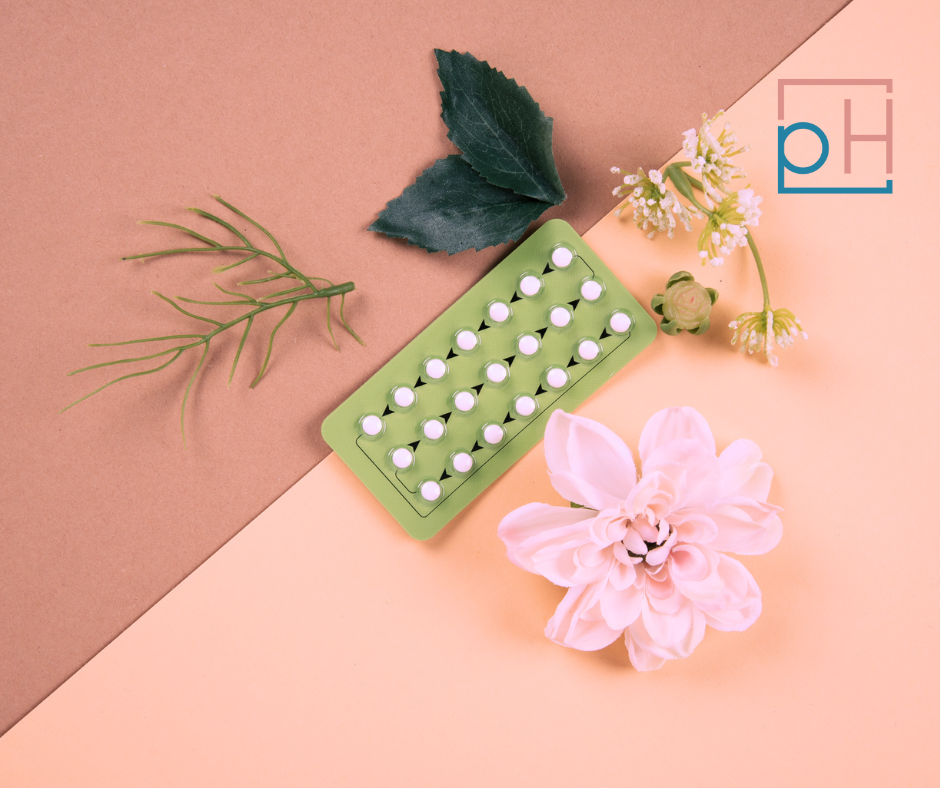Do you find that your mind wanders throughout the day? Do you struggle with chronic stress and want to feel healthier and filled with a sense of calm?
Meditation is a fantastic way to increase your wellness from head to toe, rebalancing the nervous system and supporting better health. And the best part? It’s absolutely free and requires no equipment, medication, supplements, or even another person for you to get started.
We review how to start out with a simple meditation practice, plus the many benefits this habit has to offer.
PrimeHealth providers help our patients improve the health of the body and mind through functional medicine. Colorado residents, learn how we can support your journey to a healthier self — set up a free consultation today!
What is Meditation?
Meditation is a mental exercise that involves focus and attention to achieve a mentally clear and emotionally calm state. It’s an ancient practice, rooted in various cultures, especially Buddhist traditions.
Meditation can take many forms, including mindfulness, guided meditation, loving-kindness meditation, body scan, and more.
The core of meditation is being present in the moment, letting go of distractions, and observing your thoughts and feelings without judgment. It’s about cultivating awareness and connection to the self, leading to inner peace and enhanced well-being.
Whether you’re a beginner or experienced in many forms of meditation, meditation is a valuable tool for self-care and mental health.
7 Easy Steps to Meditate
To begin basic meditation, follow these 7 simple steps:
1. Sit
The first step in meditation, “Sit,” involves finding a comfortable and quiet space to practice. You can sit on a chair, cushion, or on the floor, ensuring your posture is relaxed yet upright. The key is maintaining a comfortable position where you can remain alert and focused.
Choose a meditation posture you find pleasant, as your comfort helps in maintaining focus and prevents physical distractions during your meditation session. This step sets the foundation for a successful meditation practice.
2. Decide How Long to Meditate
Decide on the duration of your meditation session. For beginners, it’s best to start with short 5- or 10-minute meditations. This helps in easing into the practice without feeling overwhelmed.
Gradually, as you become more comfortable meditating, you can extend the time. The key is to choose a duration that feels manageable and allows you to maintain focus and consistency in your practice.
Just a note — extended meditation sessions for those new to the practice are responsible for some of the (very rare) side effects meditation may cause, such as increased anxiety.
3. Feel Your Body
The third step, “Feel Your Body,” focuses on grounding yourself in the physical experience of meditation. This involves being aware of the parts of your body that are in contact with the chair or floor, noticing the sensations in your body, and being aware of their presence.
This step helps anchor your attention and brings a sense of physical mindfulness to your practice. It’s a way to connect with the present moment through your physical senses.
4. Focus on Breathing
The fourth step, “Focus on Breathing,” is about centering your attention on your breath. Observe the natural rhythm of your inhalations and exhalations without trying to control or change them.
Focusing on deep breaths is an extension of feeling your body. This practice helps calm a wandering mind, helping you maintain a state of mindfulness throughout your session.
5. Redirect Wandering Thoughts
The fifth step in meditation, “Redirect Wandering Thoughts,” involves handling distractions of the mind. As you meditate, it’s natural for your mind to wander away from the focus on your breath. When you notice this happening, gently guide your attention back to your breathing.
This practice isn’t about suppressing thoughts, but acknowledging them without judgment and returning to the moment. Redirecting wandering thoughts is vital to developing the ability to stay present.
6. Give Yourself Grace
Next, you should emphasize self-compassion and patience in your practice. Meditation is a skill that develops over time, and it’s natural for the mind to get distracted or for challenges to arise.
Treating yourself with kindness and not being harsh or judgmental about your meditation progress is one way to reap the benefits of meditation. This approach fosters a positive and sustainable meditation practice, allowing for growth and deeper understanding of mindfulness.
7. End Gently
Conclude your meditation session in a mindful and gradual manner. Bring awareness back to your surroundings and gently transition from the meditative state to your regular activities.
This step is important for you to retain the calmness and mindfulness achieved during meditation, allowing you to carry these benefits into the rest of your day. It’s a way of respecting the practice and the time you’ve dedicated to your well-being.
Meditation Tips
Follow these tips to get the most out of your meditation practice:
- Find a quiet place: Choose a calm environment where you won’t be disturbed.
- Be consistent: Practice at the same time each day to build a routine.
- Use guided meditation: For beginners, guided sessions can be helpful. Consider working with a meditation teacher or using apps to walk you through the process.
- Stay comfortable: Ensure you’re comfortable but alert in your posture.
- Don’t rush: Allow yourself to gently enter and exit your meditation. Abrupt beginnings and endings to meditation are likely to cause more anxiety than calm.
- Be patient with yourself: Understand that mastery takes time and practice. It’s okay if you’re not an expert on day one!
- Integrate mindfulness: Try to carry the mindfulness from meditation into your daily activities.
- Check in with your body and mind: Every few weeks, check in with yourself. How is your meditation improving your well-being? Are there habits you want to change or ways you want to improve your meditation practice?
These tips can enhance your meditation experience and support consistent practice.
Benefits of Meditation
There are so many health benefits to meditation! Some of the most significant include:
- Improved mental health, mood, and focus (including naturally relieving depression and anxiety)
- Better social connections and satisfaction
- More introspection and compassion (for yourself and others)
- Less chronic stress
- Reduced inflammation
- Pain relief
- Better immunity
- Longevity
- Protection from cognitive decline (including a reduced risk of Alzheimer’s)
- Lower blood pressure
If you’re seeking inner peace and better physical and mental health, meditation can be a powerful and transformative tool.
Types of Meditation
Some of the most common meditation techniques include:
- Mindfulness Meditation: This form involves paying attention to thoughts as they pass through the mind, observing them without judgment. It helps in enhancing awareness of the present moment.
- Body Scan Meditation: This type focuses on scanning different parts of the body for tension, promoting relaxation. It aids in developing a mindful awareness of bodily sensations.
- Guided Meditation: In this form, you’re led through a meditation by a guide or teacher, often using visualization techniques. It’s helpful for beginners or those who prefer structured meditation sessions.
- Walking Meditation: If you struggle to focus when sitting still, you can use mindful movement in the form of walking meditation. Become mindful of your experience walking and keep your awareness focused on the act of walking, focusing on deliberate, slow steps.
- Loving-kindness Meditation (Metta): This practice involves cultivating an attitude of love and kindness towards everything, even sources of stress. It is known to increase feelings of compassion and positivity.
- Breathwork: This form of meditation involves conscious control and variation of breathing patterns to influence mental, emotional, and physical states. It’s a powerful tool for regulating stress and emotions.
- Transcendental Meditation: This technique involves silently repeating a mantra to settle the mind. It’s known for reducing stress and enhancing self-awareness.
- Progressive Muscle Relaxation (PMR): PMR focuses on tensing and then relaxing each muscle group in the body. This helps in reducing physical tension and mental anxiety.
- Zen Meditation (Zazen): Rooted in Buddhist psychology, it involves observing the thoughts and actions of the mind with detachment, aiming to understand the nature of existence.
- Chakra Meditation: This meditation focuses on the body’s 7 energy centers, using visualization or mantras to open and align the chakras. It’s believed to bring physical and emotional balance.
- Yoga Nidra: Also known as yogic sleep, it’s a state of consciousness between waking and sleeping, typically induced by a guided meditation. It’s known for its deep relaxation benefits.
FAQs
What is the best way for beginners to start meditating?
Begin with short sessions and gradually increase the time. Focus your attention primarily on basic breath meditation and feeling your body (body scan meditation).
What is the best time of day to meditate for optimal benefits?
There’s not really a bad time to meditate, but we recommend morning and evening meditation habits if at all possible.
Morning meditation can set a positive tone for the day, helping to reduce anxiety and stress from the outset. It can also enhance focus and clarity, making it easier to tackle daily tasks.
Evening meditation helps you wind down and prepare for restful sleep. It can help calm the mind and relax the body after a busy day, promoting better sleep quality.
The most important factor is consistency. Choose a time that fits seamlessly into your daily routine and stick to it so you can experience the full benefits of meditation. Whether it’s morning, evening, or any other time that suits your schedule, regular practice is what truly matters.
Can meditation really help reduce stress?
Yes, regular meditation can significantly lower stress levels. The effects of meditation regulate the part of your brain that controls stress (the subiculum area of the hippocampus). A large number of studies show that meditation of many different types lowers the physical signs of stress, such as cortisol levels and white blood cell production.
Is it necessary to sit in a specific posture while meditating?
No, you can sit in any comfortable position where you can rest during meditation. If you find that a specific posture or location helps you focus, then use that to your advantage!
How long should a meditation session last?
Start with 5-10 minutes and adjust as needed. If you feel nervous because you’re unsure if you’re accomplishing anything, it may be a sign that you’re meditating for too long at one time and need to cut back.
Can I meditate if I have a busy mind?
Absolutely! Meditation helps in managing and understanding your thoughts. You may find that as you start out, it’s difficult to settle your racing thoughts — but stick with it, and this will get easier over time.
How often should I meditate?
Consistency is key; daily practice is beneficial. If daily meditation isn’t an option, begin with every other day or even once a week.
Meditation is one step to a calmer, healthier body. If you’re ready for support in every step of the journey, set up a free 15-minute consultation with us.
Sources
- McGee, M. (2008). Meditation and psychiatry. Psychiatry (Edgmont), 5(1), 28.
- Mitchell, J. T., Zylowska, L., & Kollins, S. H. (2015). Mindfulness meditation training for attention-deficit/hyperactivity disorder in adulthood: Current empirical support, treatment overview, and future directions. Cognitive and behavioral practice, 22(2), 172-191.
- Hutcherson, C. A., Seppala, E. M., & Gross, J. J. (2008). Loving-kindness meditation increases social connectedness. Emotion, 8(5), 720.
- Fox, K. C., Zakarauskas, P., Dixon, M., Ellamil, M., Thompson, E., & Christoff, K. (2012). Meditation experience predicts introspective accuracy. PloS One, 2(9).: e45370.
- Pascoe, M. C., Thompson, D. R., Jenkins, Z. M., & Ski, C. F. (2017). Mindfulness mediates the physiological markers of stress: Systematic review and meta-analysis. Journal of psychiatric research, 95, 156-178.
- Black, D. S., Cole, S. W., Irwin, M. R., Breen, E., Cyr, N. M. S., Nazarian, N., … & Lavretsky, H. (2013). Yogic meditation reverses NF-κB and IRF-related transcriptome dynamics in leukocytes of family dementia caregivers in a randomized controlled trial. Psychoneuroendocrinology, 38(3), 348-355.
- Hilton, L., Hempel, S., Ewing, B. A., Apaydin, E., Xenakis, L., Newberry, S., … & Maglione, M. A. (2017). Mindfulness meditation for chronic pain: systematic review and meta-analysis. Annals of behavioral medicine, 51(2), 199-213.
- Black, D. S., & Slavich, G. M. (2016). Mindfulness meditation and the immune system: a systematic review of randomized controlled trials. Annals of the new York Academy of Sciences, 1373(1), 13-24.
- Epel, E., Daubenmier, J., Moskowitz, J. T., Folkman, S., & Blackburn, E. (2009). Can meditation slow rate of cellular aging? Cognitive stress, mindfulness, and telomeres. Annals of the New York Academy of Sciences, 1172(1), 34-53.
- Gard, T., Hölzel, B. K., & Lazar, S. W. (2014). The potential effects of meditation on age‐related cognitive decline: a systematic review. Annals of the New York Academy of Sciences, 1307(1), 89-103.
- Goldstein, C. M., Josephson, R., Xie, S., & Hughes, J. W. (2012). Current perspectives on the use of meditation to reduce blood pressure. International journal of hypertension, 2012.
- Luders, E., Kurth, F., Toga, A. W., Narr, K. L., & Gaser, C. (2013). Meditation effects within the hippocampal complex revealed by voxel-based morphometry and cytoarchitectonic probabilistic mapping. Frontiers in Psychology, 4, 398.



















